Environment of Ivory Coast
The Ivory Coast has more than 1,200 animal species—223 mammal, 702 bird, 125 reptile, 38 amphibian, and 111 fish species—and 4,700 plant species. It is the most biodiverse country in West Africa, but unlike other countries there, its diversity isn't concentrated along the coast, but rather in the rugged interior.[1]
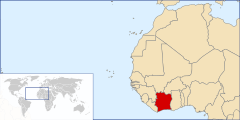
Environment of Côte d'Ivoire
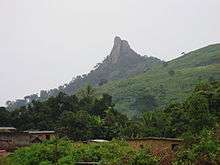
Protected areas
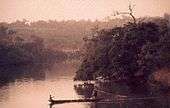
- Assagny National Park
- Banco National Park
- Comoé National Park
- Îles Ehotilés National Park
- Marahoué National Park
- Mont Nimba National Park
- Mont Péko National Park
- Mont Sângbé National Park
- Taï National Park
Treaties and international agreements
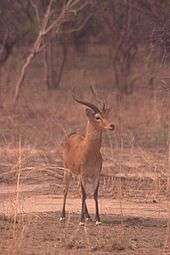
Côte d'Ivoire is party to the following treaties:
- Convention on Biological Diversity
- United Nations Framework Convention on Climate Change
- United Nations Convention to Combat Desertification
- Convention on the International Trade in Endangered Species of Wild Flora and Fauna
- Basel Convention on hazardous wastes
- United Nations Convention on the Law of the Sea
- Convention on the Prevention of Marine Pollution by Dumping of Wastes and Other Matter
- Comprehensive Test Ban Treaty on nuclear testing
- Montreal Protocol on ozone depletion
- MARPOL 73/78 on ship pollution
- International Tropical Timber Agreement, 1983
- International Tropical Timber Agreement, 1994
- Ramsar Convention on wetland conservation
Environmental issues
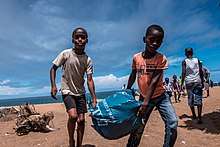
Historic
The 2006 Côte d'Ivoire toxic waste dump was a health crisis in which Trafigura illegally dumped toxic waste in up to 12 sites around Abidjan in August 2006.
Current
Palm oil is one of the commodities exported by Côte d'Ivoire and the plantations have an environmental impact. Palmci, the main palm oil company, said that environmentalists had caused it to abandon plans for a palm oil plantation in the Tanoe forest wetlands.[2]
See also
References
External links